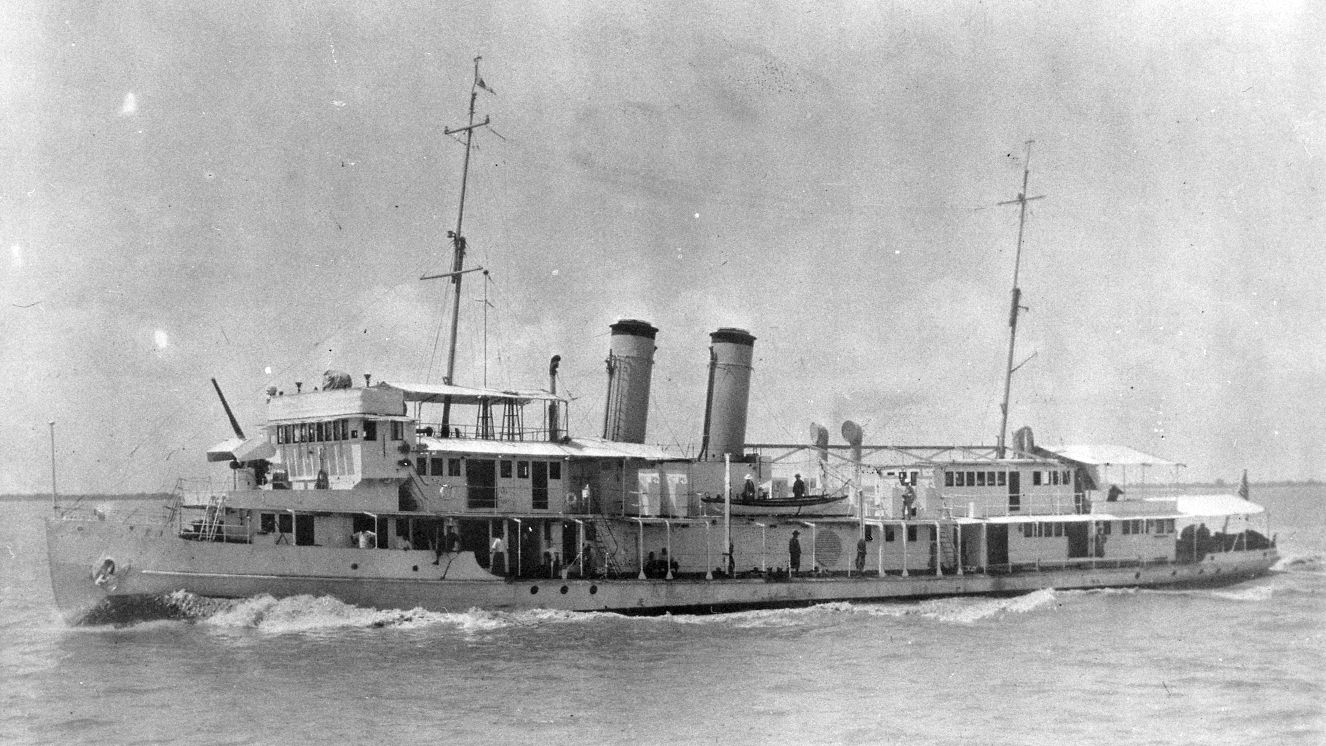RAAF BASE DARWIN HOUSES MARINES COLLABORATING IN AUSTRALIA

The United States collaborates all over the world to make it a safer place. At RAAF Base Darwin, the Marine Rotational Force-Darwin (MRF-D) is a prime example of working with our friends to help provide humanitarian aid. Housed in Robertson Barracks, the Marine Rotational Force is a great opportunity for Devil Dogs to serve in a unique way while also defending American interests near the South China Sea, Oceania, etc.
RAAF Base Darwin: A Home for Marines in the Land Down Under
RAAF Base Darwin shares its runway with Darwin International Airport for both military and civilian flights. It has about 400 personnel and operates year-round. The Northern Territory base was built in 1938 and officially opened on June 1, 1940. During World War II, it hosted many RAAF and USAF units. Additionally, it was heavily bombed by Japanese forces starting on February 19, 1942. More recently, RAAF Base Darwin served as an emergency landing site for NASA's Space Shuttle program. The base also supports USAF bombers and tankers. In July 2024, the Northern Australia facility hosted two major military exercises, in which the USMC participated in both: Exercise Pitch Black and Exercise Predator’s Run. This was part of the MRF-D, an annual deployment from April to October. The 13th rotation, led by Col. Brian Mulvihill, included about 2,000 Marines.
The Strategic Importance of the Robertson Barracks
You’ll find the Marine Rotational Force operating in Southeast Asia and other areas, the Robertson Barracks on RAAF Base Darwin with the Australian Army’s 1st Brigade are where they are primarily stationed. The Robertson Barracks in Australia provides an ideal place to operate due to its proximity to the South China Sea. Its location helps with responding to crises as well as providing a presence in the region to prevent escalating conflicts. Robertson Barracks houses the fighters, and the base is where you’ll find plenty of Ospreys available to execute missions. In the past, the Marines have helped with deadly events, including the mudslide that affected Papua New Guinea in May 2024. Working in collaboration with Australia, the two nations enjoy elite interoperability, such as the Marines and Osprey aircraft that will be on an Australian ship in August 2024. The partnership helps fit into Australia’s overall defense strategy and even provides defensive solutions for the Indo-Pacific region as a whole. MRF-D isn’t stationed at RAAF Base Darwin but their rotating presence goes a long way for the region and the world.
RAAF Base Darwin and the MRF-D Complement Each Other
Rather than having a Marine base in Australia, the MRF-D rotates on the continent from time to time. Though similar to the 31st Marine Expeditionary Unit in Okinawa, Japan, the key difference here is that MRF-D is not a standing formation and rotates between 1st and 5th Marines during the dry season. One benefit for the Marines who serve in Australia’s Northern Territory is the sheer size of the area. It’s a welcomed challenge for practicing longer supply missions, moving larger formations across a great distance, and more. Despite being a rotational force, hundreds of Marines call RAAF Base Darwin home all year long. This is also to help maintain the equipment this is part of the USMC’s Ground Equipment Staging Program (GESP). It’s unclear what the next step of collaboration will bring at RAAF Base Darwin; however, there is talk of bringing the M142 High Mobility Artillery Rocket System (HIMARS) for future use. Suggested reads:
BY BUDDY BLOUIN
Buddy Blouin is a Contributing Writer at VeteranLife.com
Buddy Blouin is a Contributing Writer at VeteranLife.com



